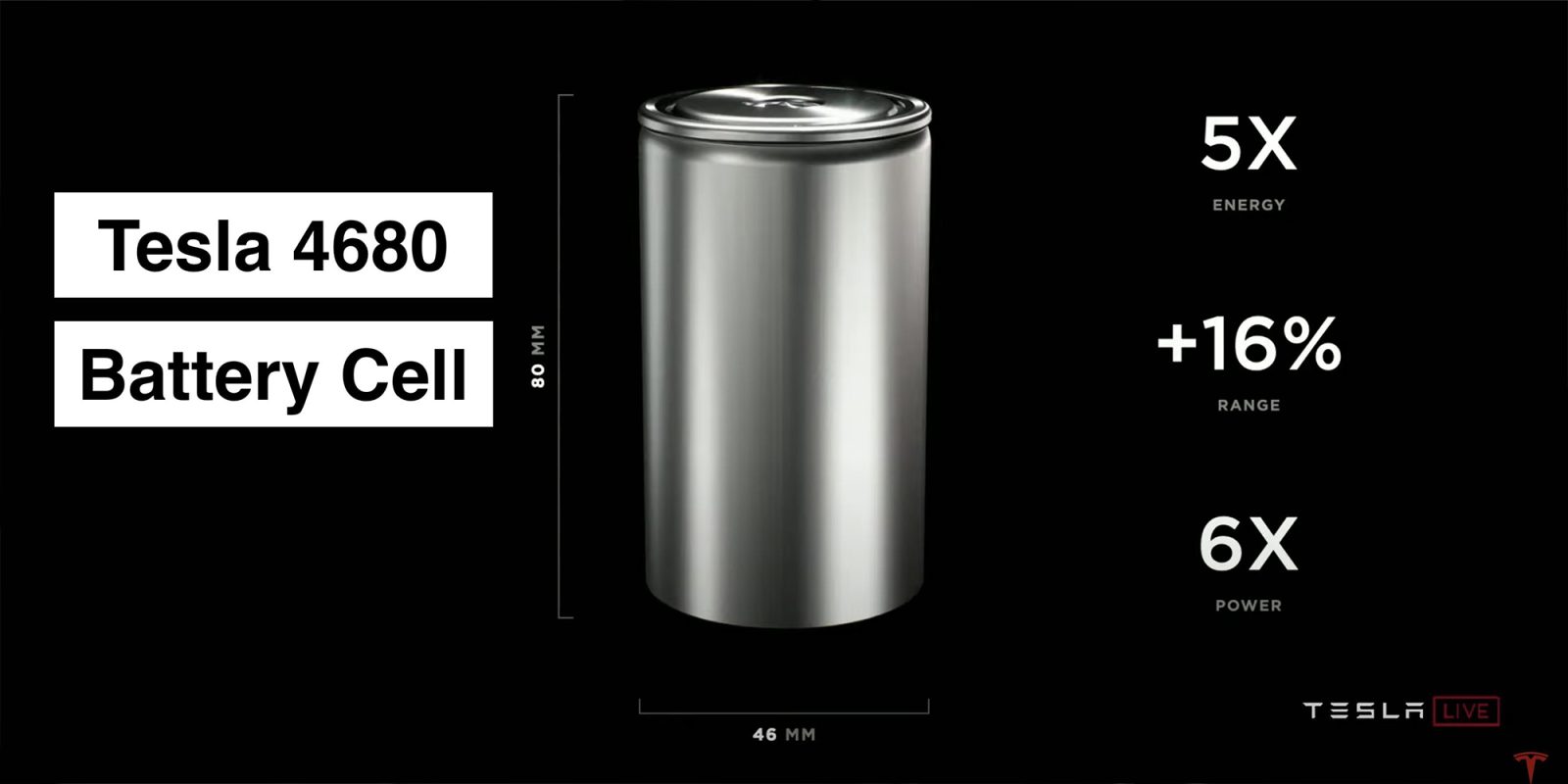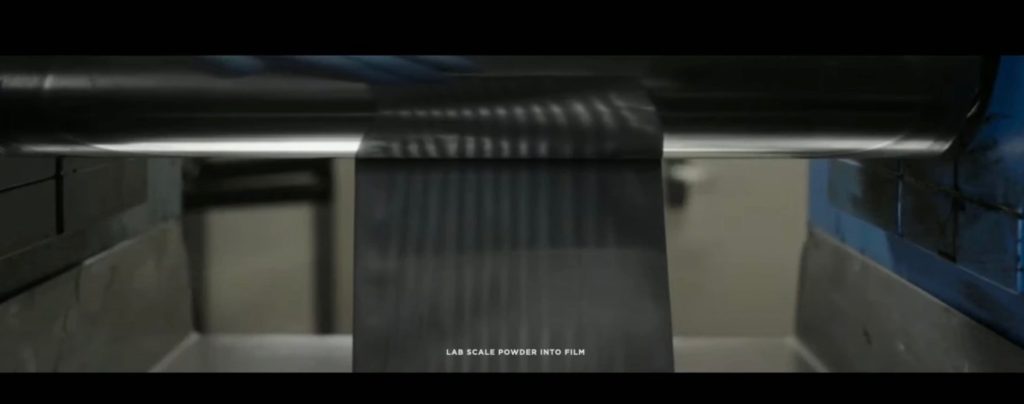
Tesla has poached a battery manufacturing expert to lead its dry electrode, which has been identified as one of the main bottlenecks for Tesla’s 4680 battery cell.
When Tesla unveiled its 4680 battery cell at its Battery Day in 2020, the automaker highlighted several advancements that can significantly slash battery costs when bottled together.
One of those main advancements was a dry electrode coating technology that Tesla obtained by acquiring Maxwell.
This powder-into-film process is wildly less complicated and requires less machinery than the usual wet process to create an electrode.
Tesla claimed that it would result in a “10x reduction in footprint” and “10x reduction in energy” usage.
Some experts have speculated that it could reduce the cost of a battery pack by thousands of dollars.

However, as the automaker admitted when announcing the 4580 battery cell, the technology acquired through Maxwell wasn’t quite ready for primetime yet and needed more work before Tesla could ramp up 4680 battery cell production to high volume.
Recent teardowns of Tesla’s 4680 cells in Model Y vehicles produced at Gigafactory Texas show that the dry electrode factor is still not where Tesla needs it to be.
The automaker recently admitted that it is still working through some kinks, and a recent report suggested that it is still the main bottleneck for Tesla to ramp up production.
A new battery expert to the rescue
Electrek has learned that Tesla has hired a new battery manufacturing expert to help carry the dry electrode project to the finish line.
Matt Tyler, a Milwaukee School of Engineering educated mechanical engineer, has been working on battery cell for over a decade.
Most recently, he was working for Cambridge-based 24M, a battery manufacturer pioneering what it calls “semisolid electrodes” for lithium-ion batteries.
The company describes the technology on its website:
Invented in the MIT lab of Dr. Yet-Ming Chiang, SemiSolid electrodes use no binder, mixing electrolyte with active materials to form a clay-like slurry. The unique slurry allow us to create thick electrodes with less volume, mass and cost while enabling a simpler manufacturing process. It’s simpler and safer with more reliable performance.
It sounds a lot like what Tesla is trying to achieve with its dry electrode.
Tyler was at the company for more than six years, and most recently, he held the role of vice president of advanced manufacturing.
He wrote about his responsibilities on his LinkedIn profile:
Responsible for managing the development of semi-solid lithium ion battery manufacturing engineering. Leading the overall manufacturing concept design, equipment vendor/partner selections, in-house equipment and tooling development, and process development to be competitive in cost and product quality in the lithium base rechargeable battery market. Working closely with the VP Product Development to select and implement analytical equipment, as well as design and develop processes to meet the tolerances defined in product and process specifications. Also working closely with Director of Product Launch, and the Director of Operations, to define and execute against milestones and product delivery schedules.
That’s until he moved to Tesla last month.
Top comment by RDLink
I wish people would stop using the word "poached" when it comes to people moving from one company to another, like an employee is someone's chattel. Employees who haven't signed a contract of their own free will are free to move to any employer they wish, and treating them like they belong to one company or another is kind of gross.
As of February, the engineer moved from Massachusetts to Fremont, California, and he is now “Director of Dry Electrode Development” at Tesla.
He will be in charge of effectively ramping up the manufacturing process to work with Tesla’s ambitious mass production plans.
The automaker wants to eventually produce hundreds of gigawatt-hours of its own battery cells.
FTC: We use income earning auto affiliate links. More.






Comments